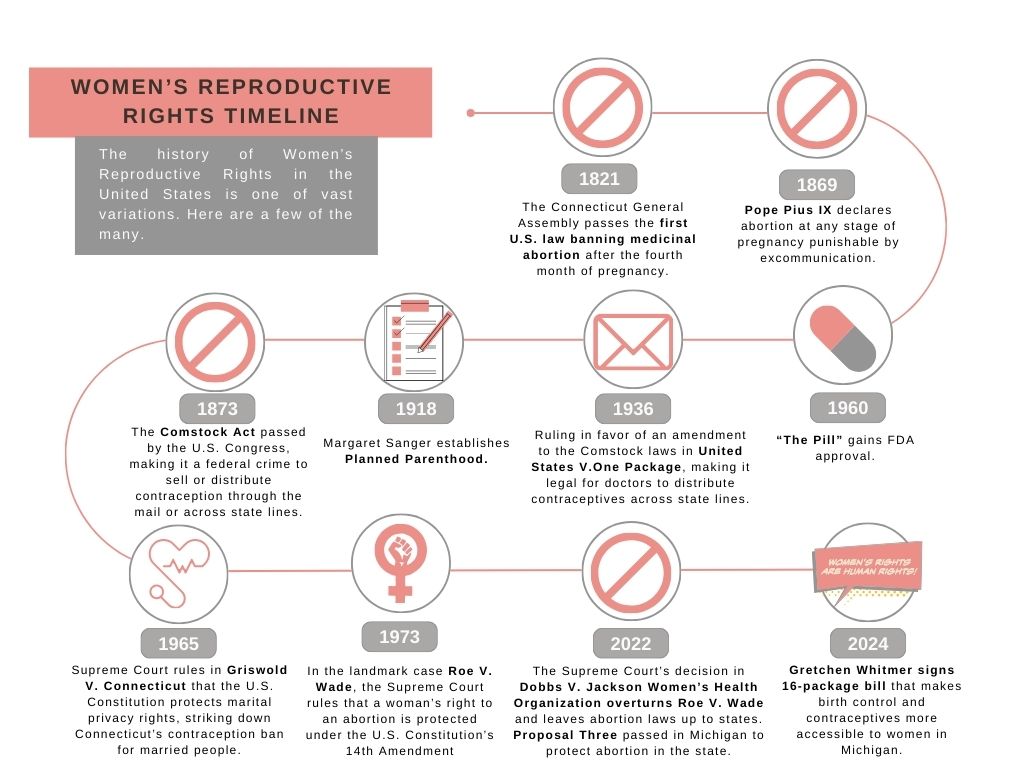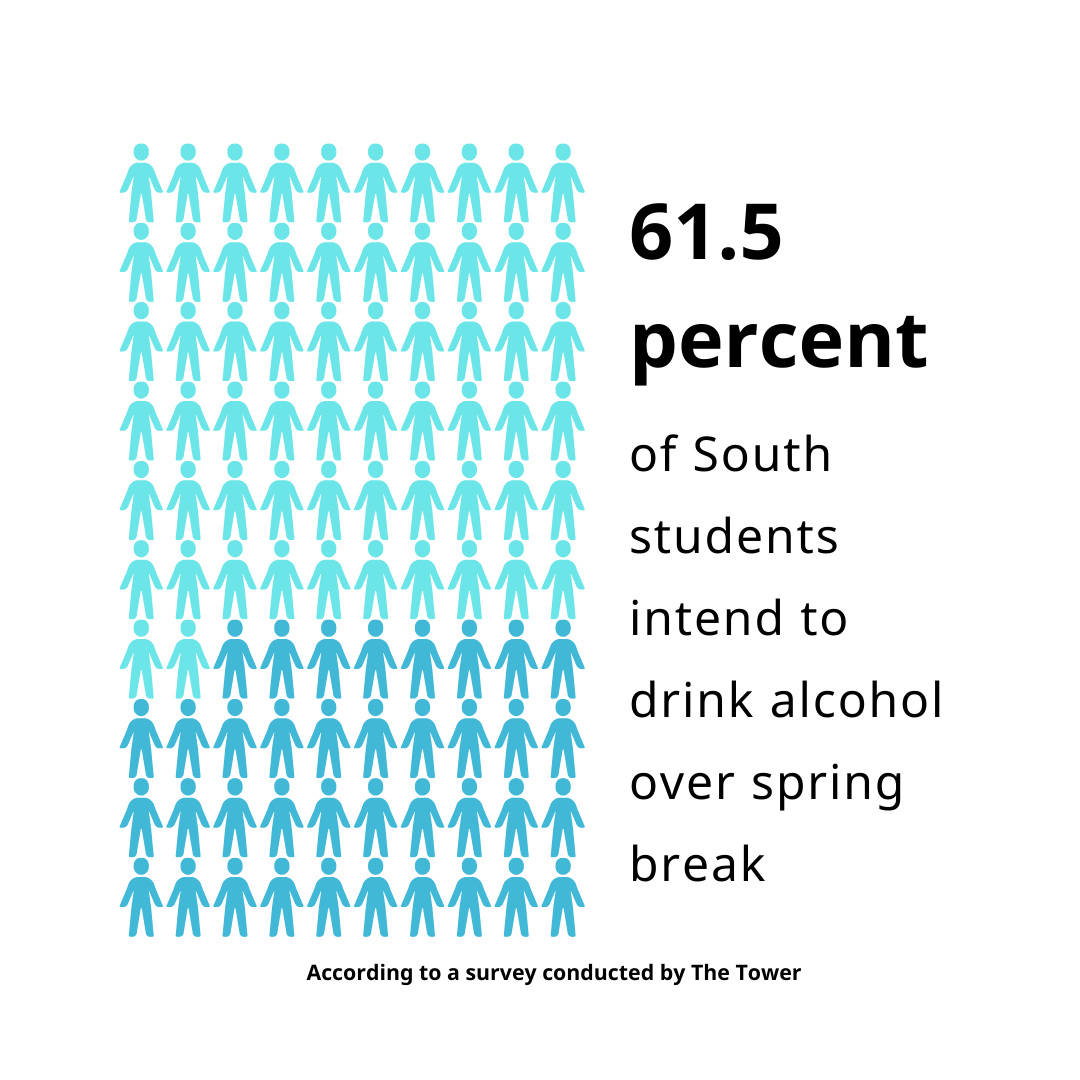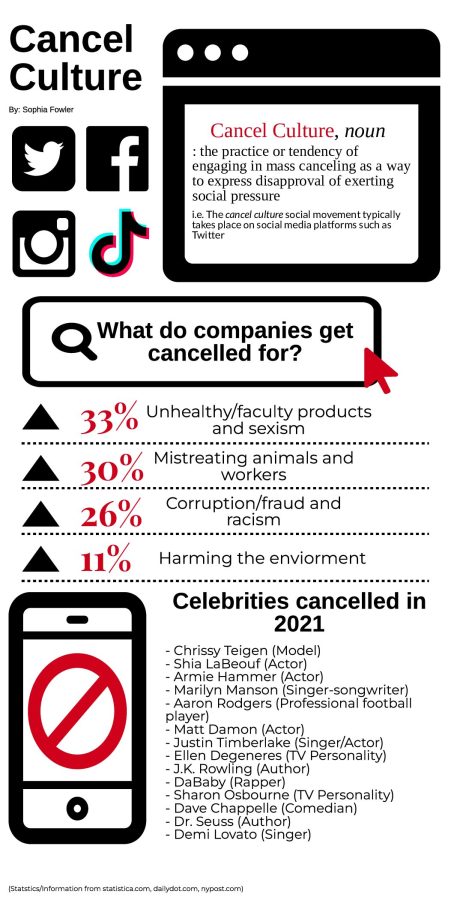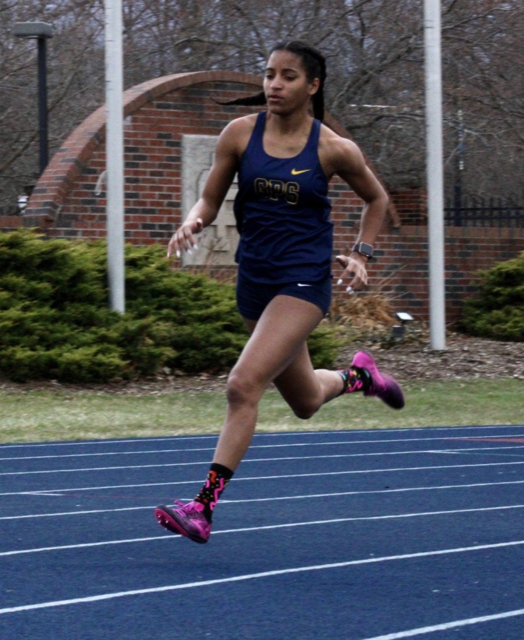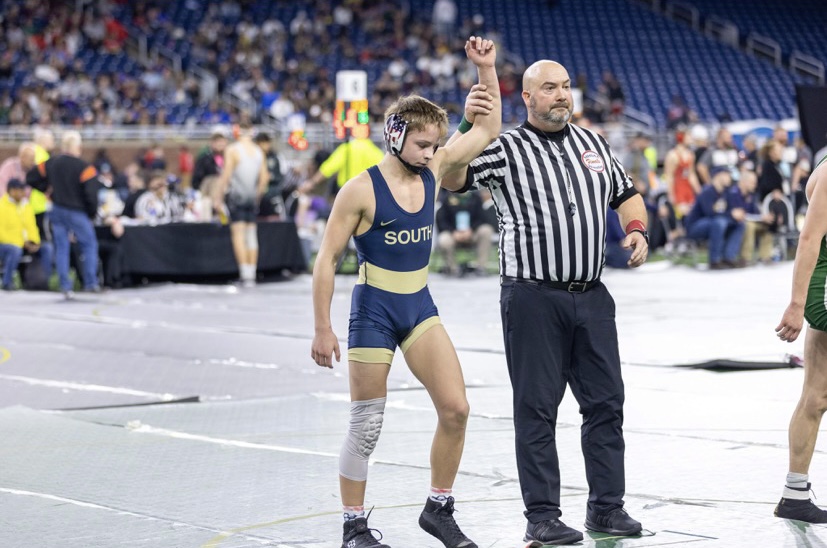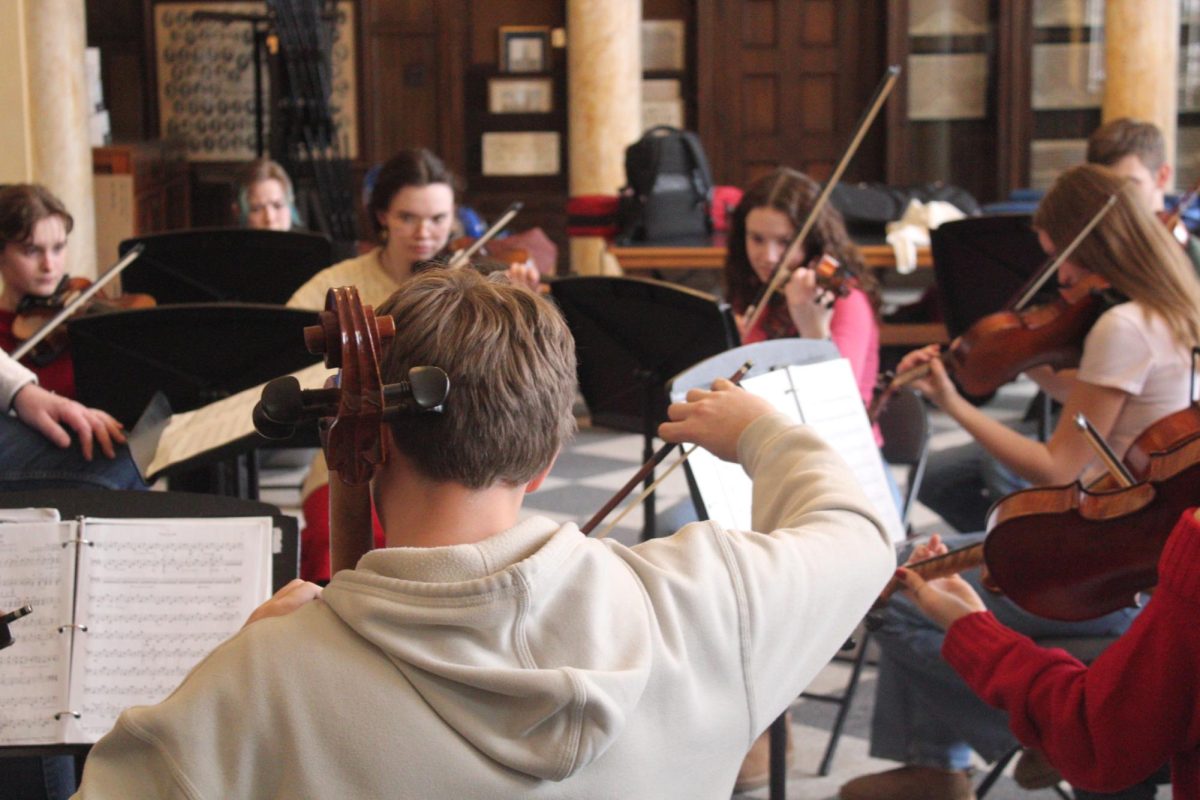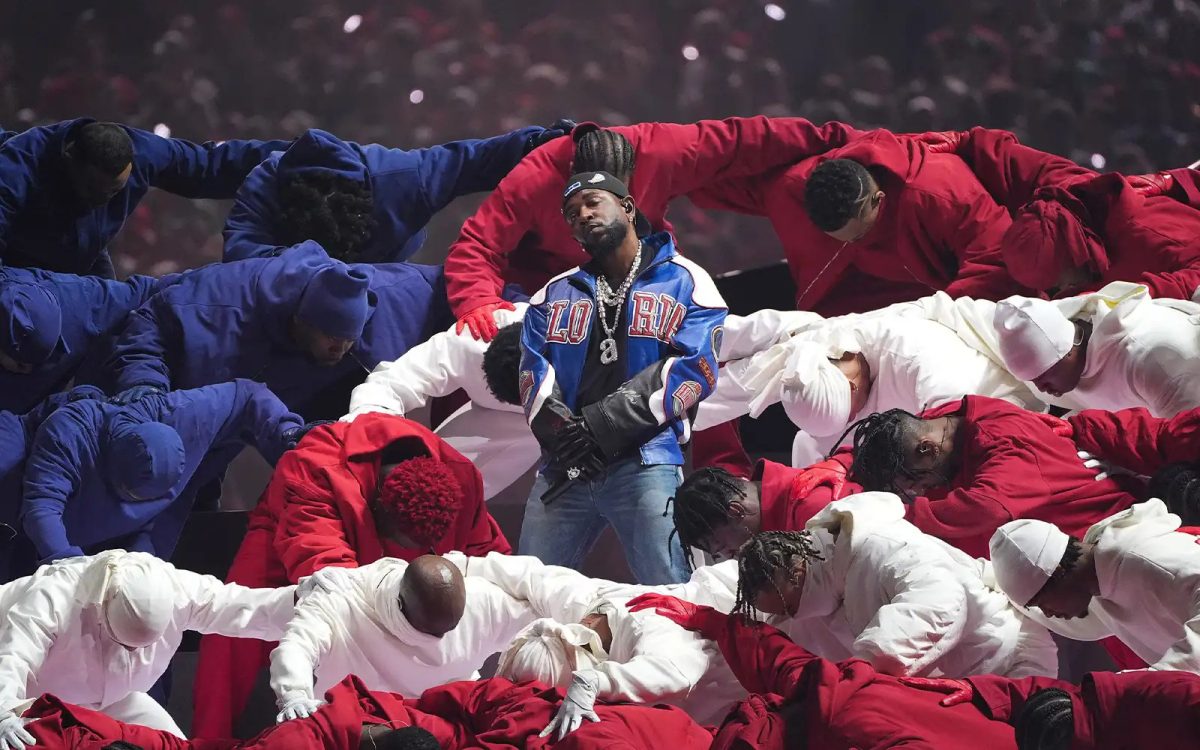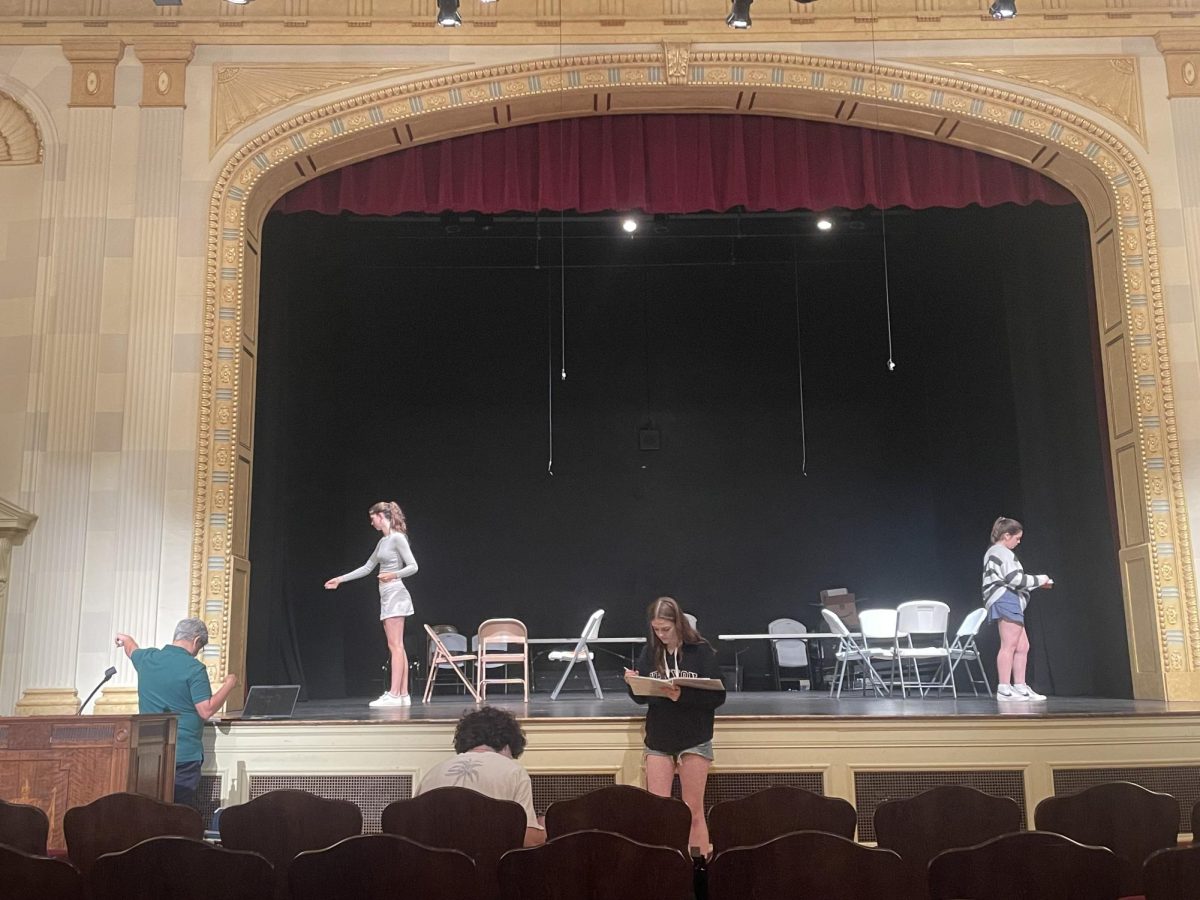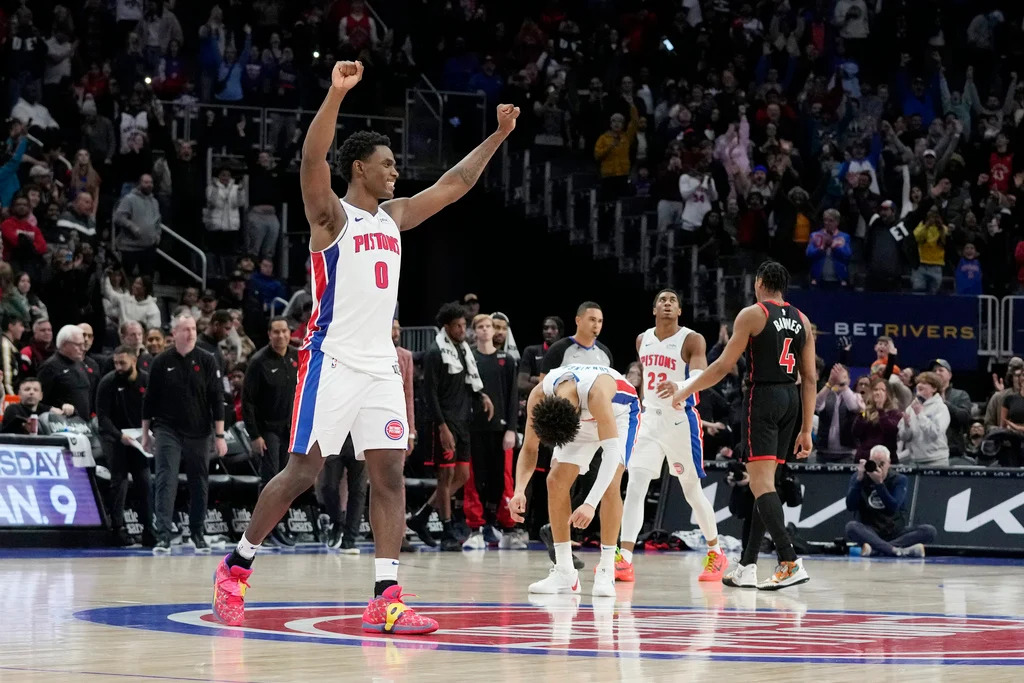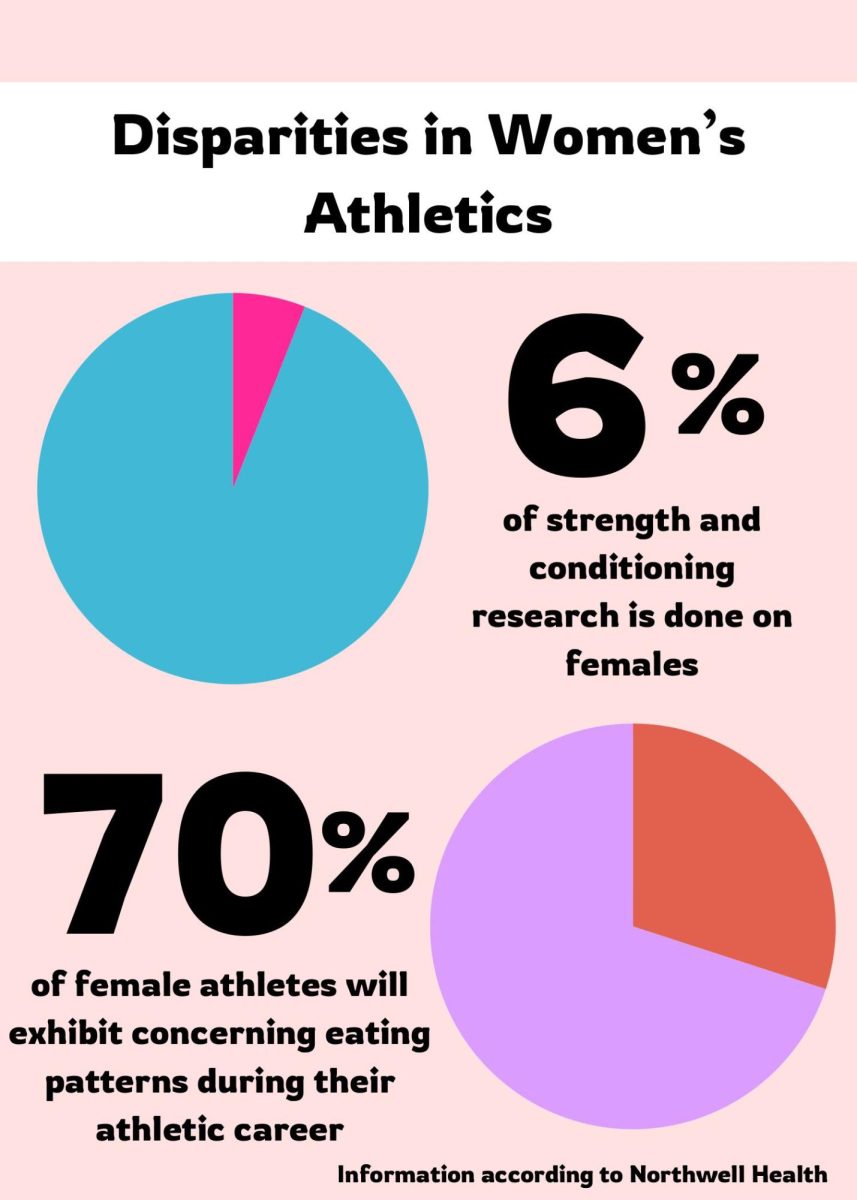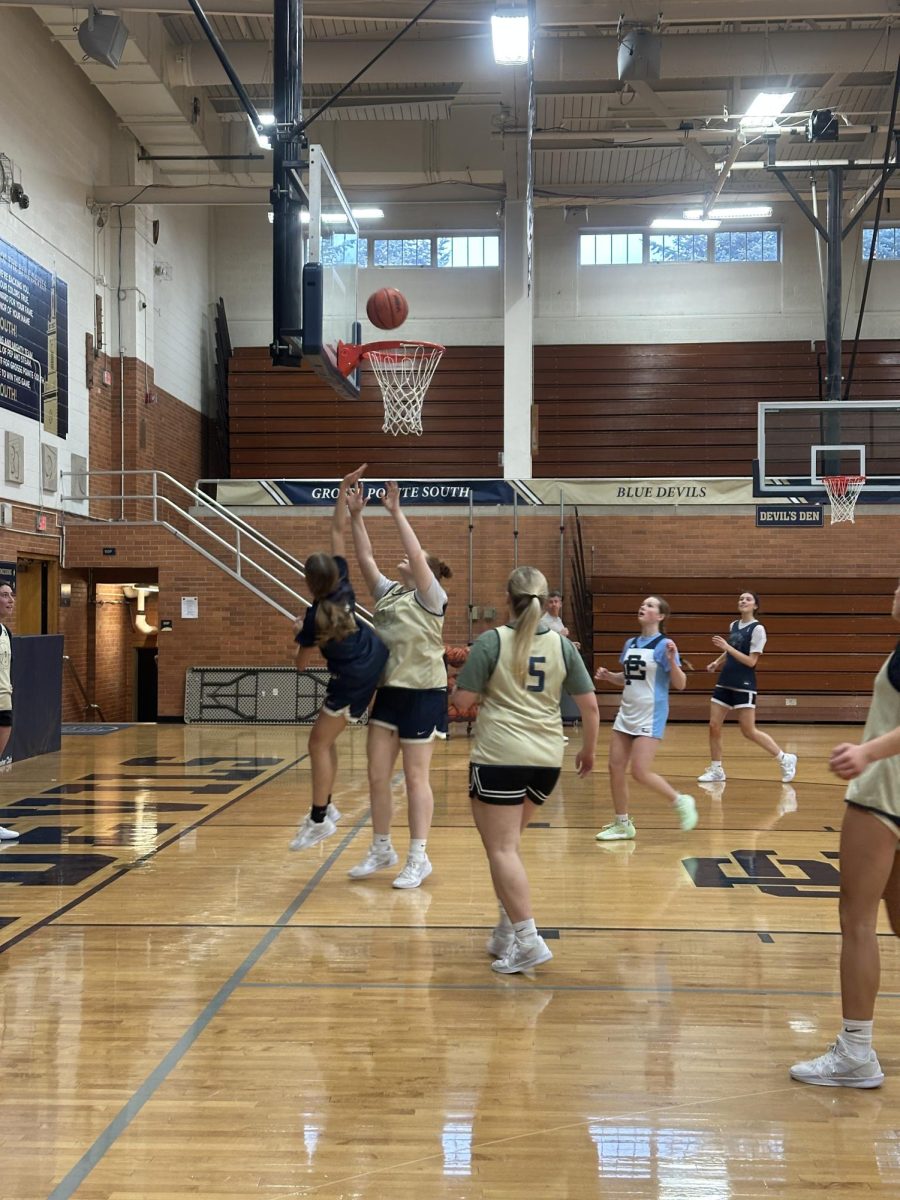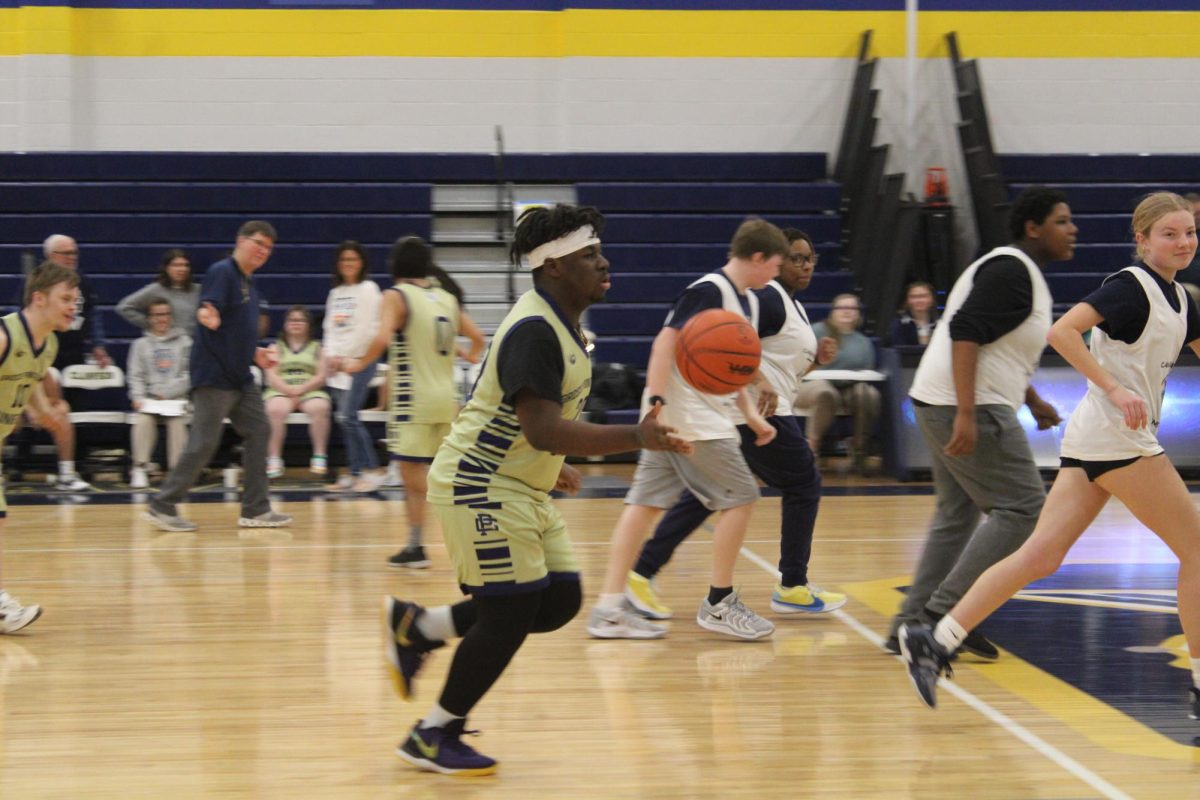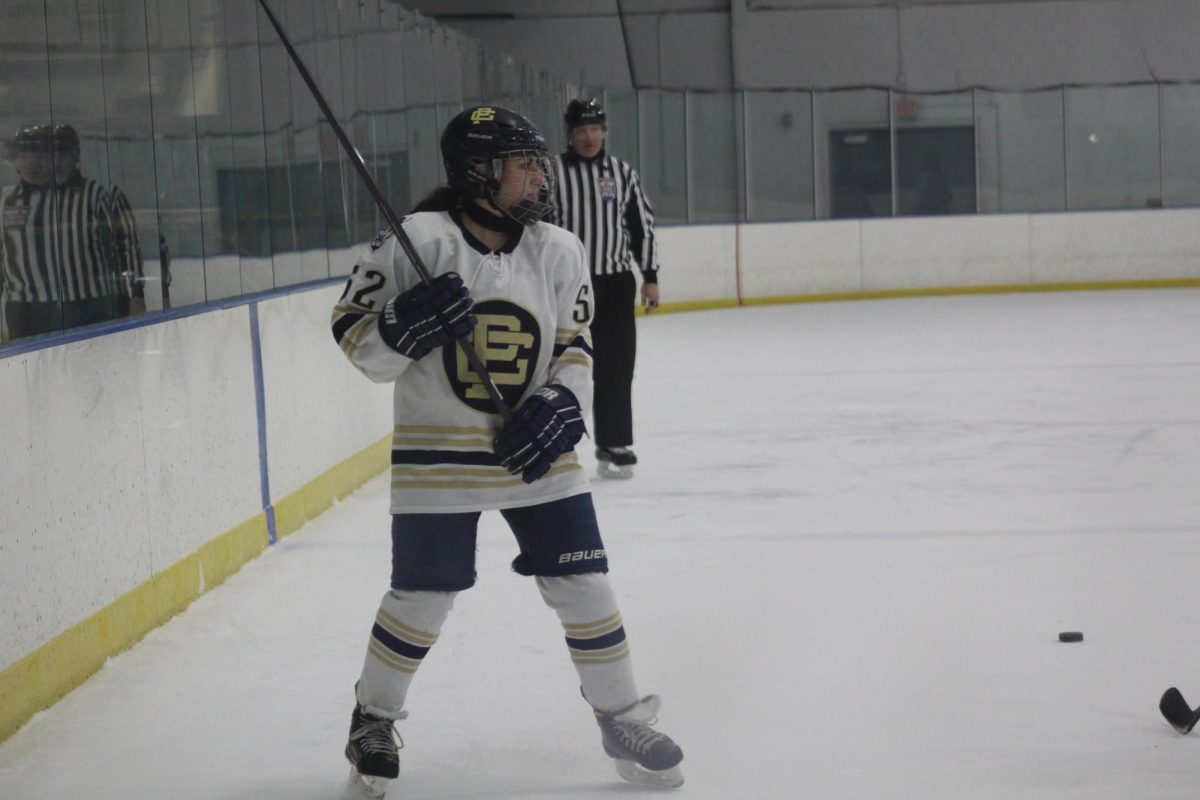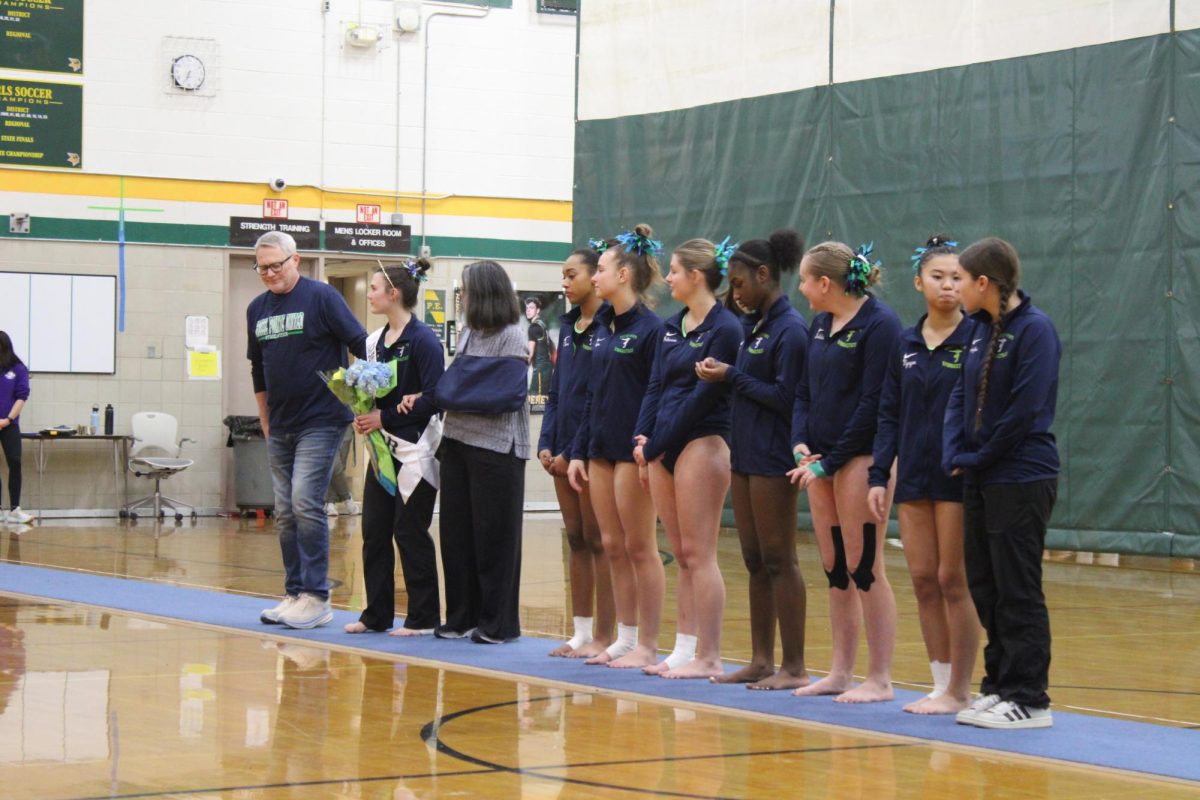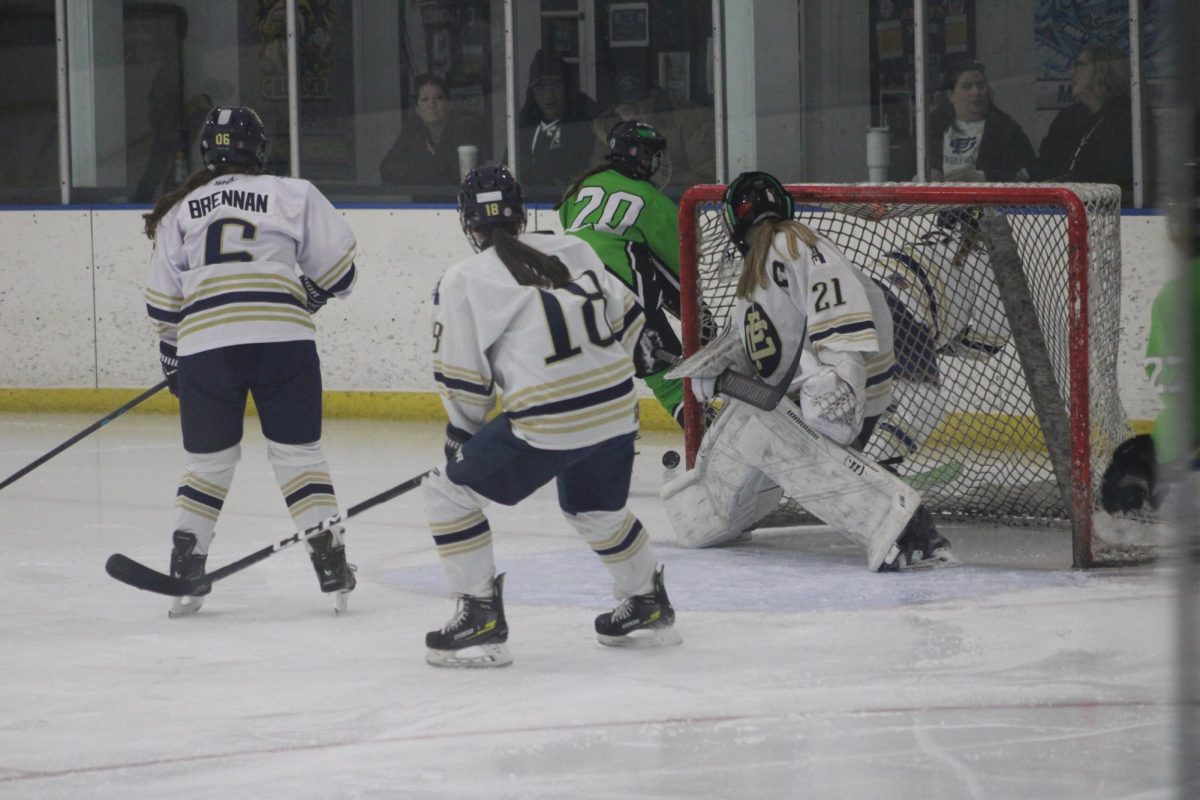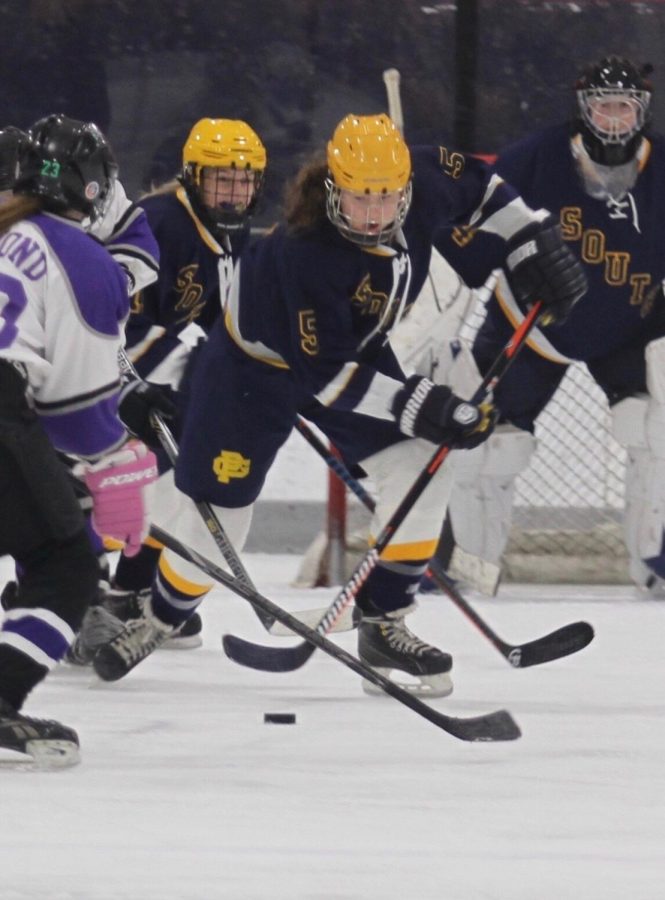For the love of the game: the extremes to which young athletes are willing to go for their sports
February 13, 2019
Three out of four American households have at least one school-aged child that takes part in youth sports, according to the Aspen Institute. However, by the time those athletes turn 15 or older, 80 percent of them will have quit.
For some sports, such as swim or hockey, athletes are mentally and physically drained after practicing multiple times a week with little to zero days of rest. Due to the continuous strain on the muscles, it is not uncommon for athletes to experience injuries, according to competitive hockey player and swimmer Tory Roth ’22.
“In seventh grade, I was playing ice hockey, soccer and lacrosse in the spring,” Roth said. “I wound up getting platellar tendinitis– an overuse injury in my knees.I had to quit most of my sports that involve running because of that. It can never go away, but it doesn’t affect everything I do.”
In addition to long practices, student athletes have to learn from a young age how to efficiently manage their school work and their sports commitments, according to science teacher and swim coach Bill Thompson ’88.
“You definitely have less time for homework, but you get pretty comfortable with the routine,” sailor Christi Schiebner ’19 said. ”Usually, I go to practice, come home and start it right away. It hasn’t been too much of a conflict.” Sport teams not based in Grosse Pointe have additional travel just for practices, according to Audrey Smihal ’22 . Smihal said as a competitive swimmer and travel softball player, she’s used to this type of travel–for the past eight years, she’s driven to either St. Clair Shores or Clinton Township everyday just for practices.
“For soccer games, we have one or two every weekend,” travel soccer and baseball player Doug Tengler ’21 said. “We go to everywhere around Michigan places up to an hour and a half away.”
Another major adjustment young athletes have to encounter is constantly changing eating schedules, travel volleyball player and coach Maddy Campbell ’20 said. If they have practice one day at six but then at seven another, Campbell said, students will eat alone or at a later time.
“Sometimes, I don’t eat until 9 p.m.,” Campbell said. “It’s really weird because then I feel weird when I’m eating dinner.”
The cost of the sport is just as big of a part of the sport as the training is, Schiebner said. Each sport varies on how much equipment costs, but the travel aspect adds the same amount to the bill. Depending on how well someone’s team does can change how much the entire season will cost, according to Schiebner.
“I would say (it could cost) upwards of anywhere between $1,000-$2,000 in that range,” Campbell said. “I’ve spent less and I’ve spent more. You can spend on tournament entrance fees, gym time, coach time, equipment fees, uniforms or spirit. On top of that, I would travel all over the place. If tournaments are two days, you have to stay in a hotel and that’s like $75 a night. I would say more like $4,000-$5,000.”
Sports can take a huge toll on participants as easily as practices can wear out someone’s muscles, Thompson said. When the stress is too much to deal with, a common thought is to quit, Thompson said, but if people overlook the stress, the rewards make the struggle worth it.
“I have learned a lot being on the other side as a parent and coach,” Thompson said. “I’ve learned the importance of balance. The mental health of the athlete is just as important as their physical health.”
Giving up some opportunities with friends during the season is major trade-off anyone that is committed to a team or activity will face, Thompson said, but most people don’t see it as a sacrifice because they’re dedicated to their team and the sport.
“It can definitely be tiring,” Schiebner said. “We also have so much fun with it– it’s definitely worth to play because it’s what we love to do.”





